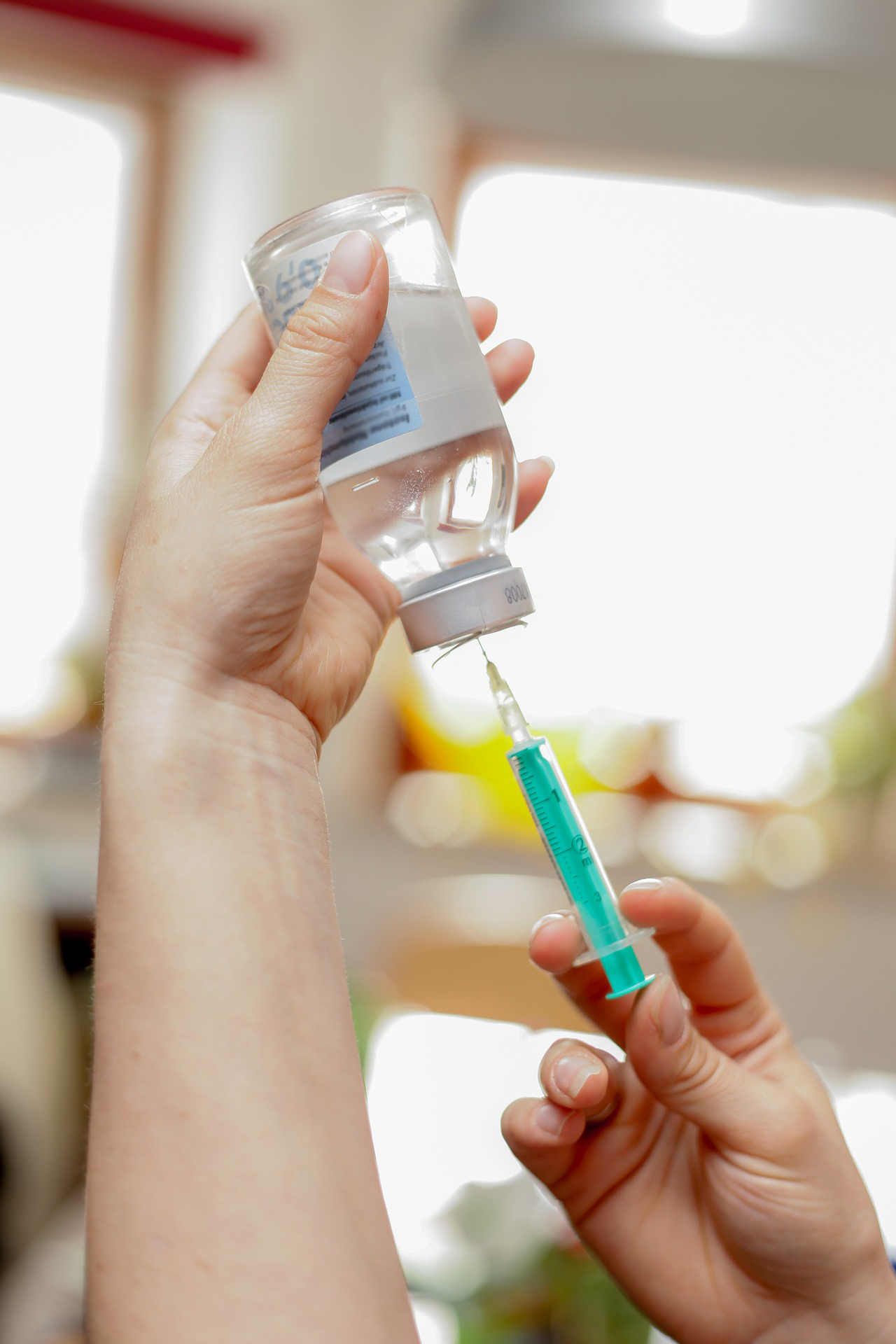|

Cervical cancer is almost completely preventable, yet
thousands of new cases are diagnosed in the U.S. every year (National Cervical
Cancer Coalition). See below for a list of ways to lower your cervical cancer
risk and for a list of common symptoms.
Reduce Your Risk
 HPV Vaccines HPV Vaccines
- The HPV (human papillomavirus) three vaccine series helps
protect against two high-risk HPVs that are the cause of more than 70 percent
of cervical cancer cases. Children aged 11 to 12 should start the vaccine
series, but those aged 9 to 26 can as well.
- Cervical Cancer Screenings
- Pap Test (Pap Smear)
- This test is done to locate any pre-cancerous cells that
may later develop into cervical cancer. Most women should get their first Pap
test when they are 21.
- HPV Test
- This test is used to locate any cells infected with HPV.
Most women should get their first HPV test when they are 30.
- Don’t Smoke
- Practice Safe Sex
Symptoms
- Early-stage cervical cancer does not always cause
symptoms.
- More advanced-stage cervical cancer symptoms can include
(American Cancer Society):
- Abnormal vaginal bleeding
- Unusual vaginal discharge
- Painful intercourse
|
|
|